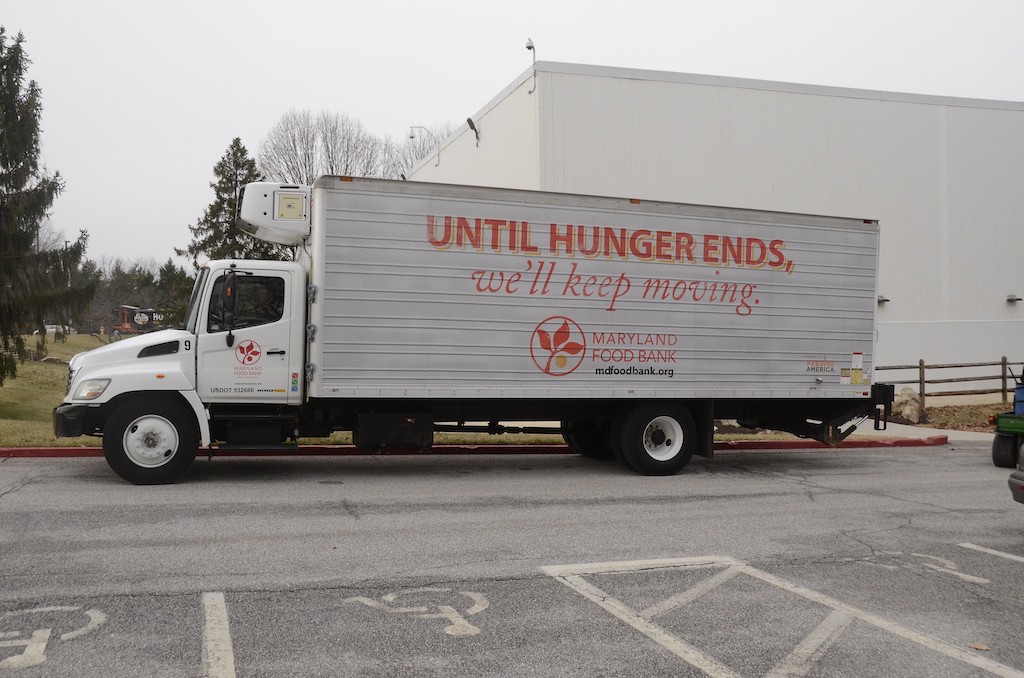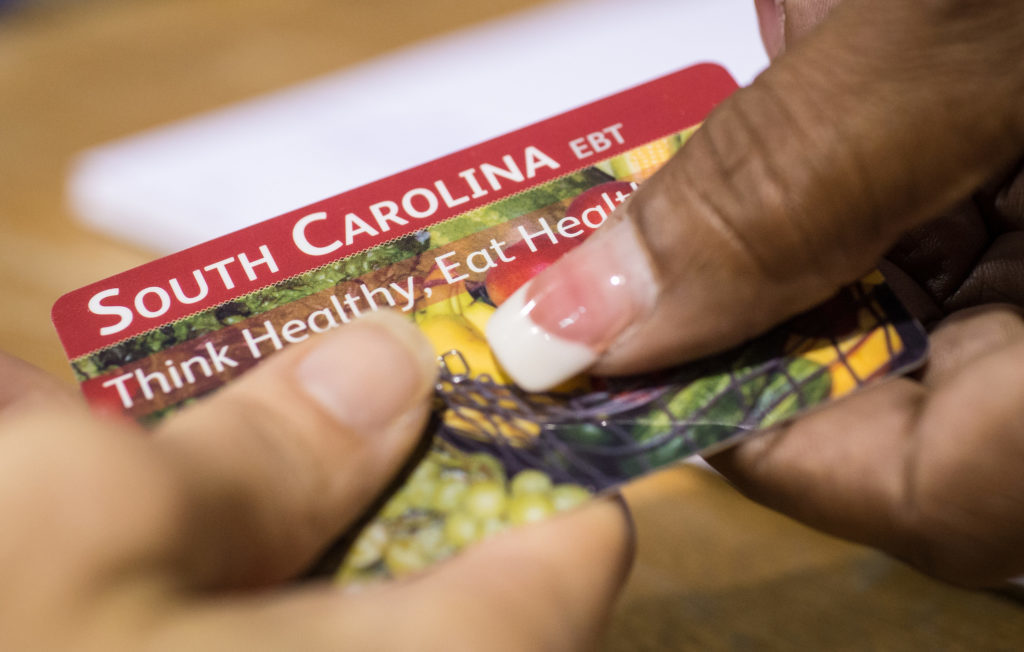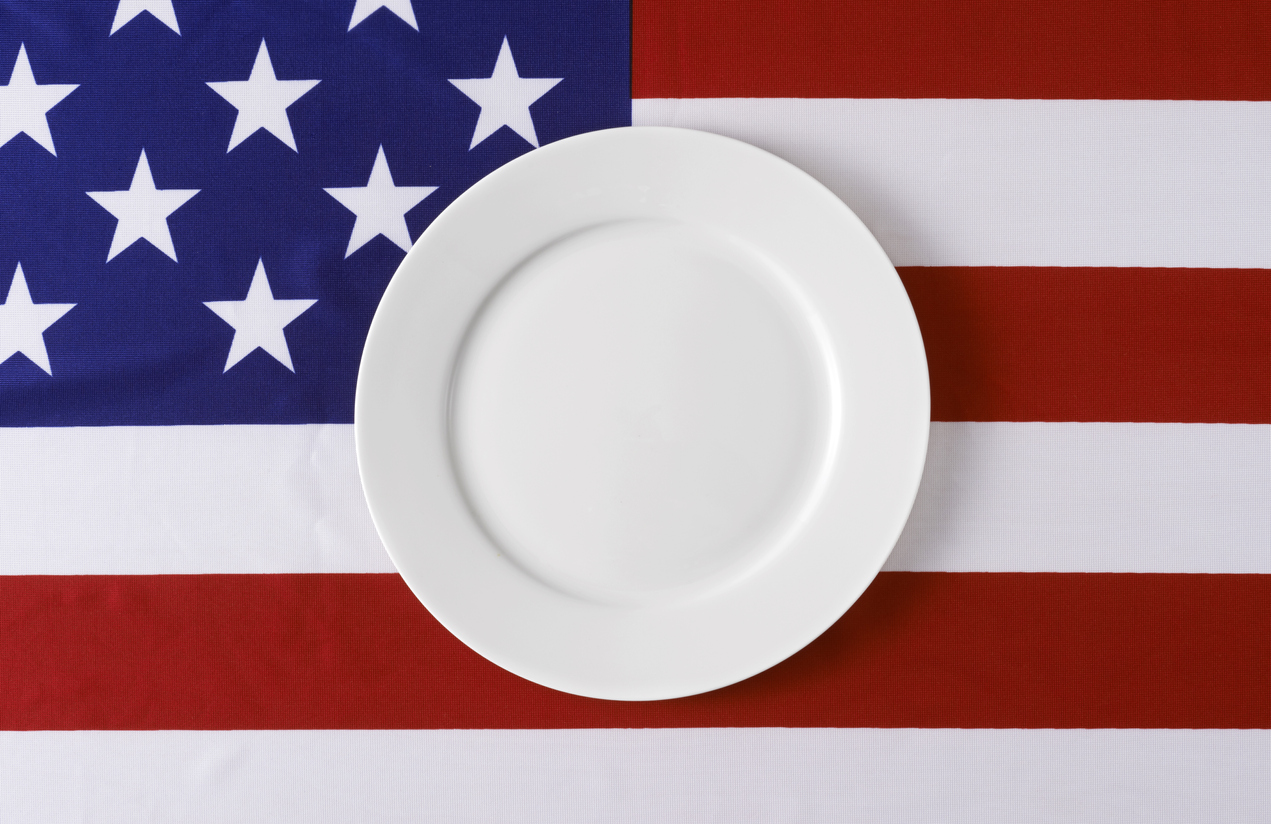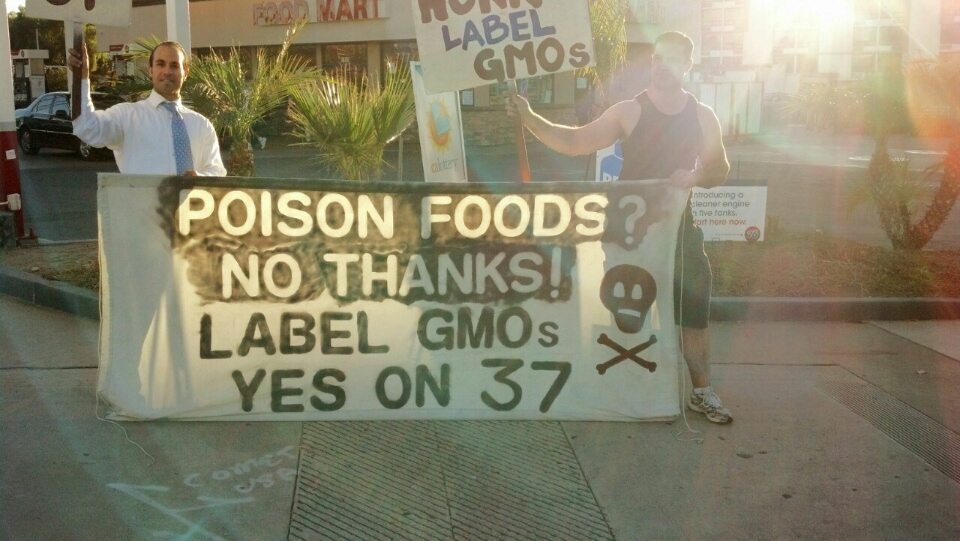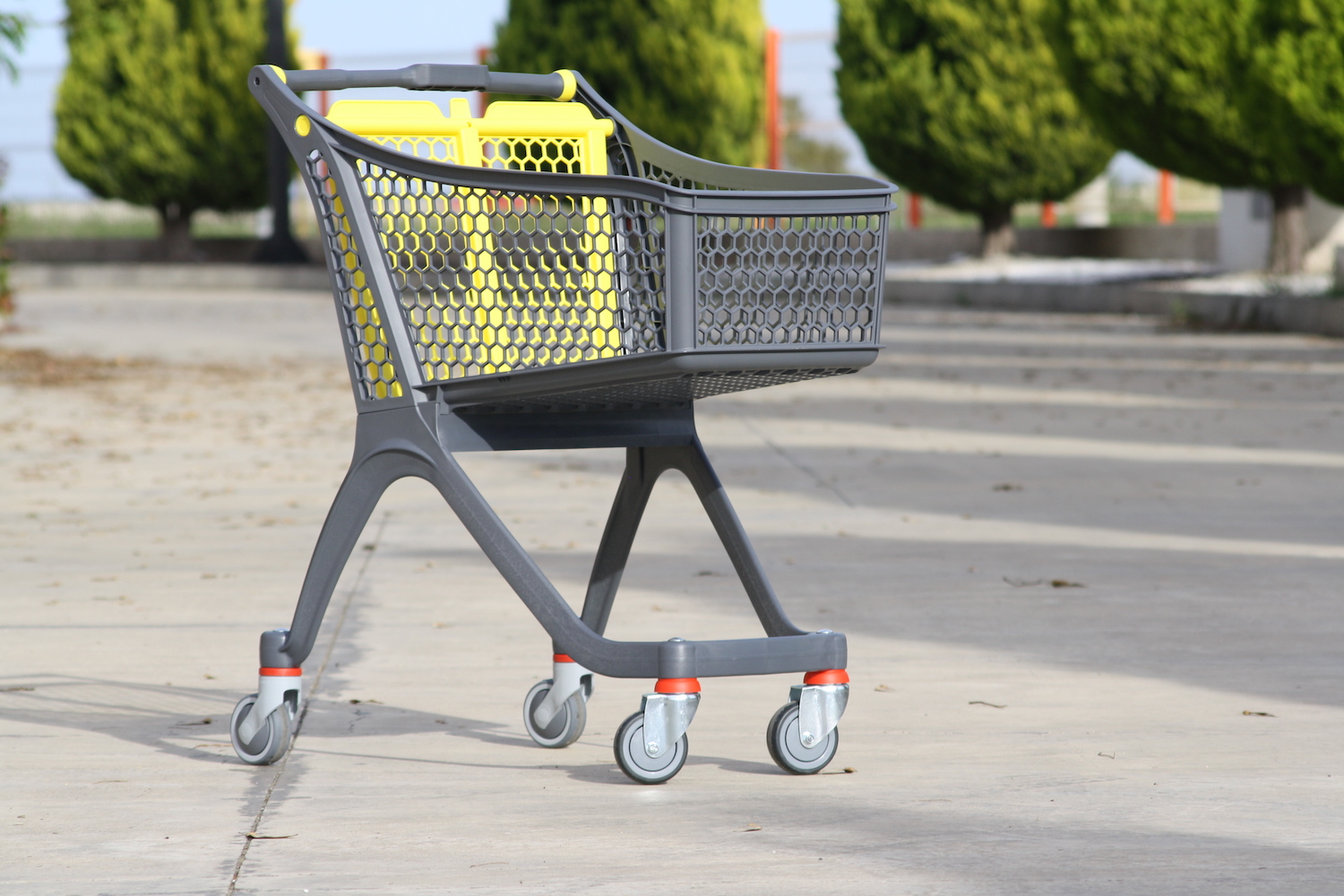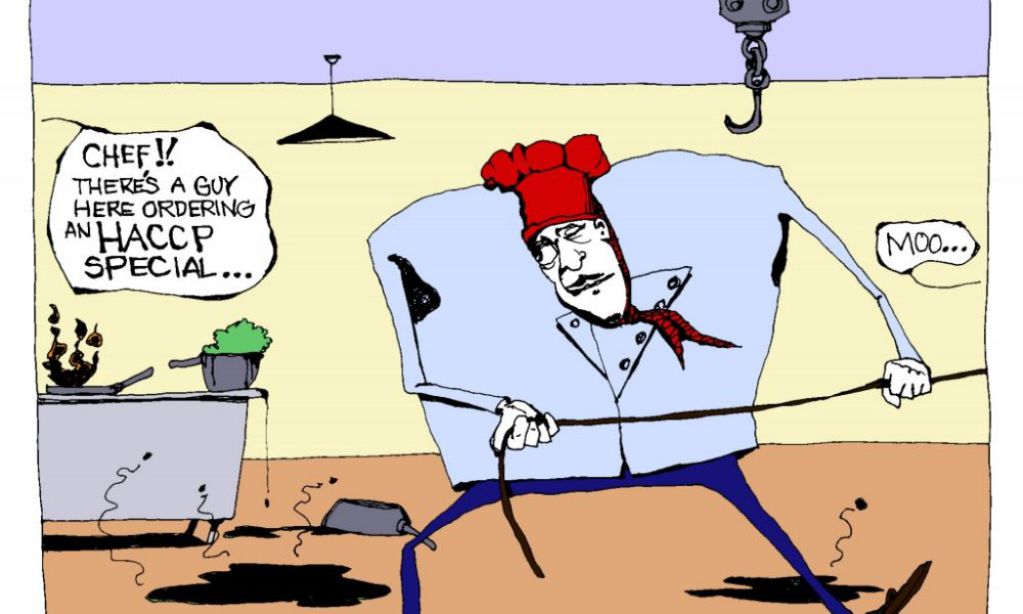This is the web version of a list we publish twice-weekly in our newsletter. It comprises the most noteworthy food stories of the moment, selected by our editors. Get it first here.
Sweet life. Scientists have long puzzled over how sugar, one of life’s building blocks, first made its way to earth. The answer, as it turns out, might be written in the stars. Researchers in Japan recently analyzed two meteorites that landed on Earth in 1969 and in 2001. They discovered that both contained a sugar called ribose, a critical ingredient in RNA, which is a molecule present in all cells. The findings are significant because they add weight to the theory that life on earth commenced thanks to a bombardment of meteorites. Newsweek has the story.
The hand that feeds. How do we end hunger? Easy: Pay people more. That’s according to a survey of nearly 300 food banks, who say that earning a living wage has the greatest impact on food insecurity. That seemingly obvious discovery means food banks, as a political entity, might start backing movements like Fight For $15, Food Bank News reports. Which would put them at odds with their big supporters—companies like Walmart and Safeway, “whose interests are keeping wages low,” author Andy Fisher tells Fast Company. (Read Fisher’s piece on food banks for New Food Economy here.)
It doesn’t get more local than this. Kroger will launch indoor hydroponic farms in two Washington state grocery stores this month, in a play for environmentally-conscious shoppers who might want to shrink the distance between where their food is grown and where they buy it. The grocery chain is partnering with Infarm, a German company whose modular indoor farming systems can grow a wide range of produce, Supermarket News reports. Vertical farms may not necessarily be as green as the veggies they grow—having faced criticism for lacking the nutrients of food grown in soil and for the amount of energy required to power their fancy LED lights. Hope Kroger’s ready for next month’s electricity bill.
They grow up so fast. The iconic infant on jars of Gerber baby food is a real person! And she just turned 93. People magazine reports that mystery novelist and retired teacher (and generally cool human) Ann Turner Cook still has essentially the same cherubic face as her mythical portrait. The brief profile includes some sweet trivia, like that Cook’s identity was kept secret until the 1970s, and that she initially was given the honor after her neighbor submitted a charcoal drawing of her baby face for a Gerber contest … in 1928.
Rap sheet. You’ve seen the viral videos: Cops cracking down on subway food vendors. This month—three times in New York City, and once in San Francisco—police have been caught on camera handcuffing and arresting people who sell churros and candy, or who even just eat a sandwich on a subway platform. Why now? In the Big Apple, it’s because the governor has flooded the subway system with hundreds of cops to stop farebeating. And now, Eater reports, the necessity to earn more money is turning into a old-fashioned, Broken Windows-esque crackdown on “quality of life” issues. It’s true: The law says they’re not supposed to be there, but at least one state senator says that’s irrelevant.
